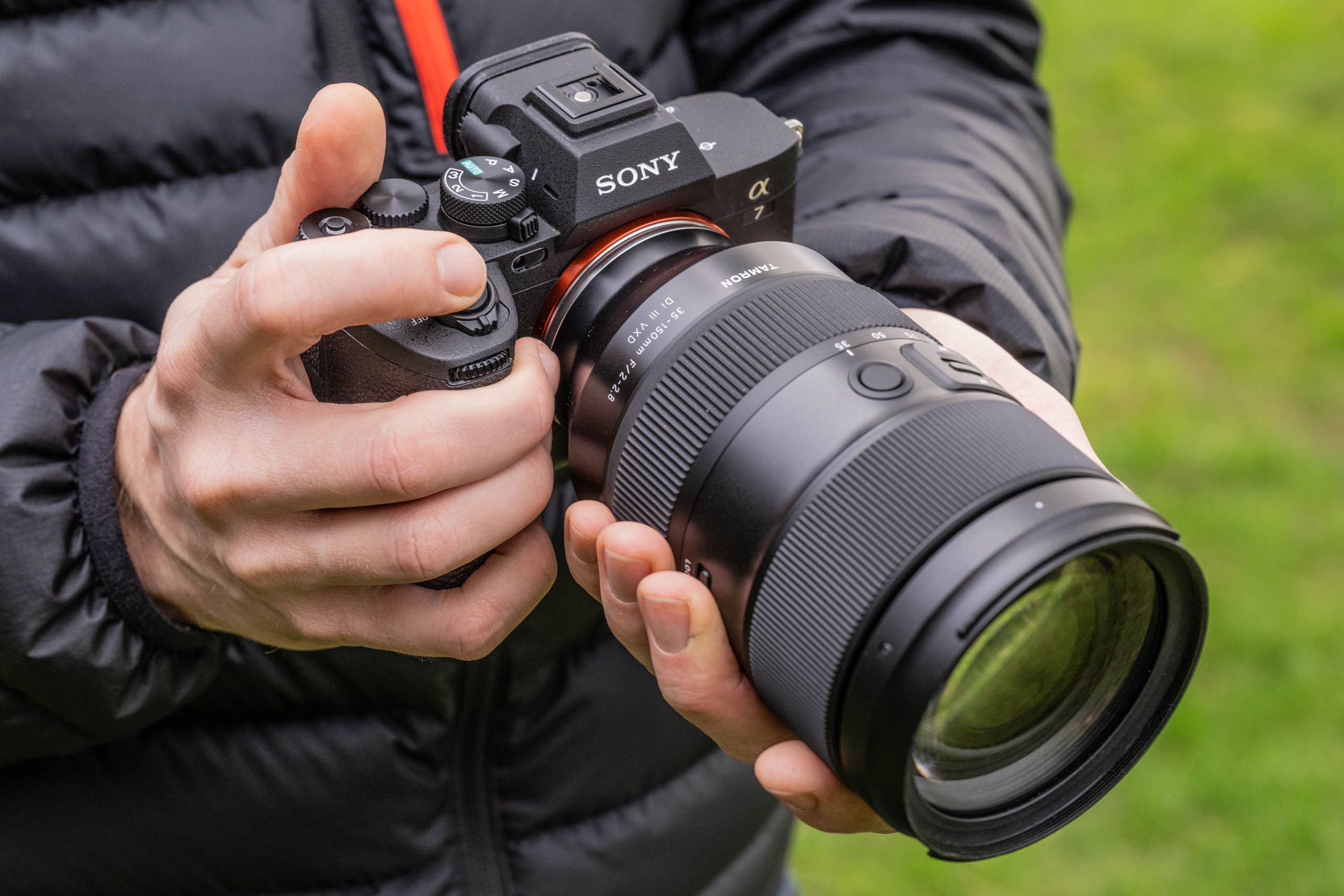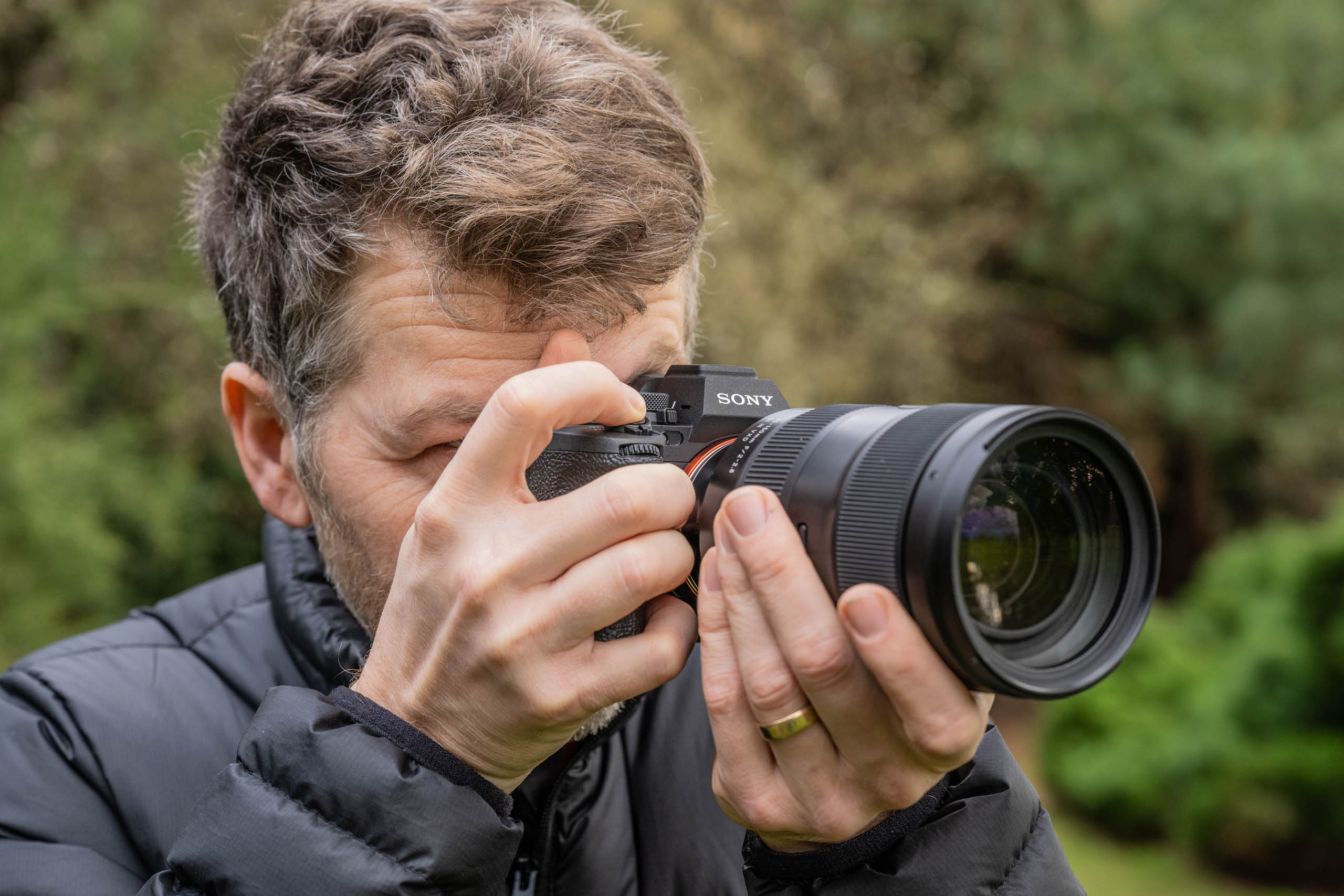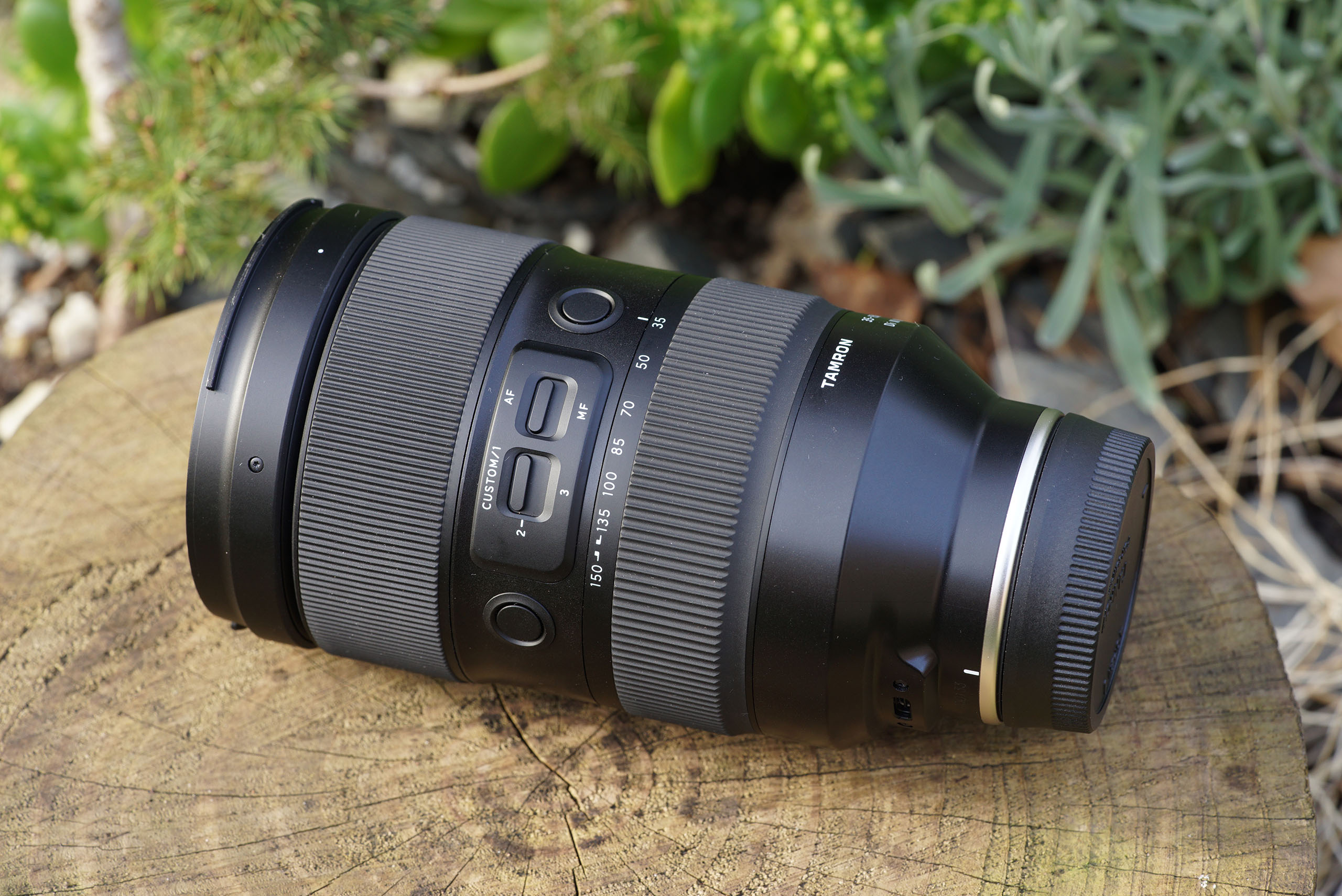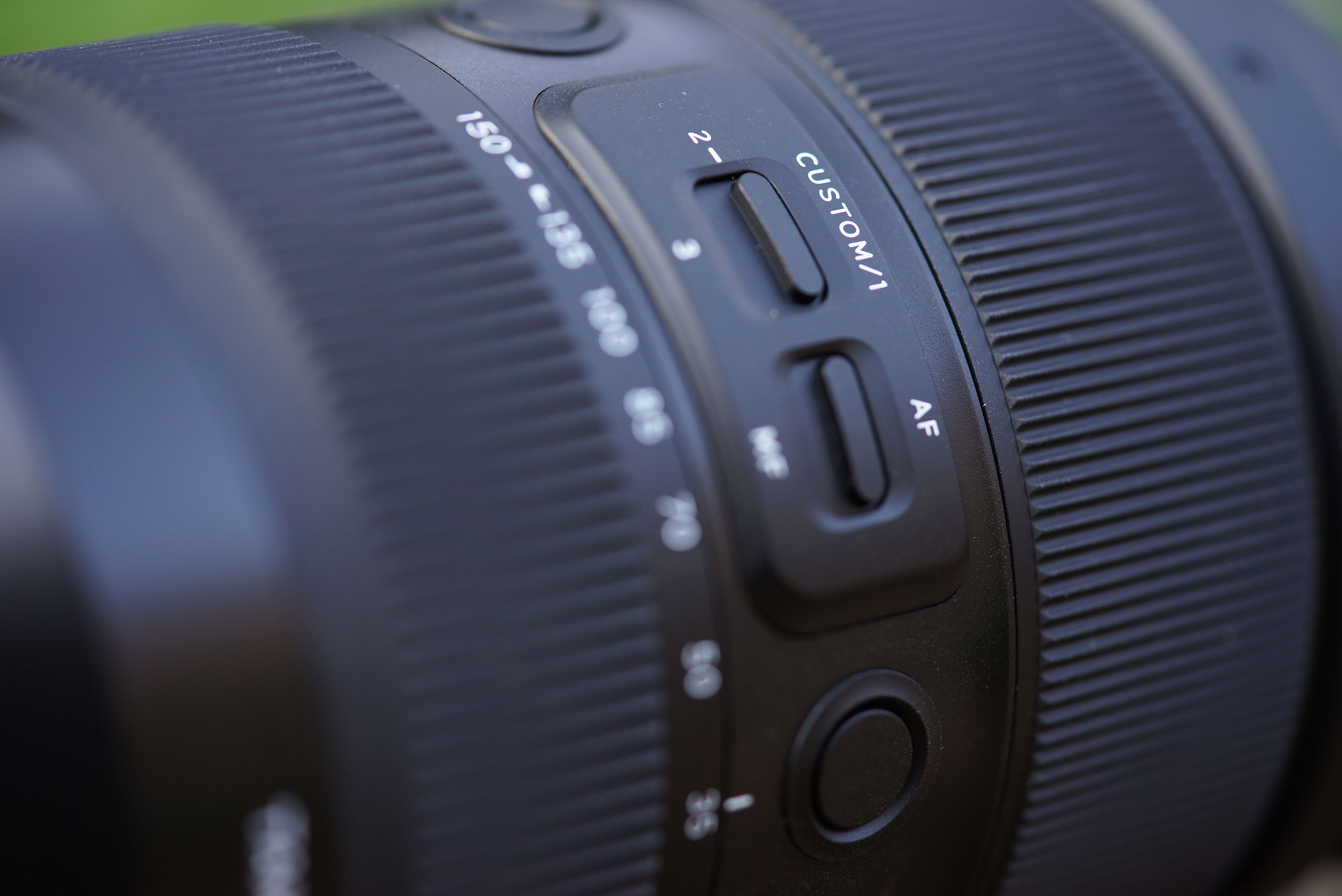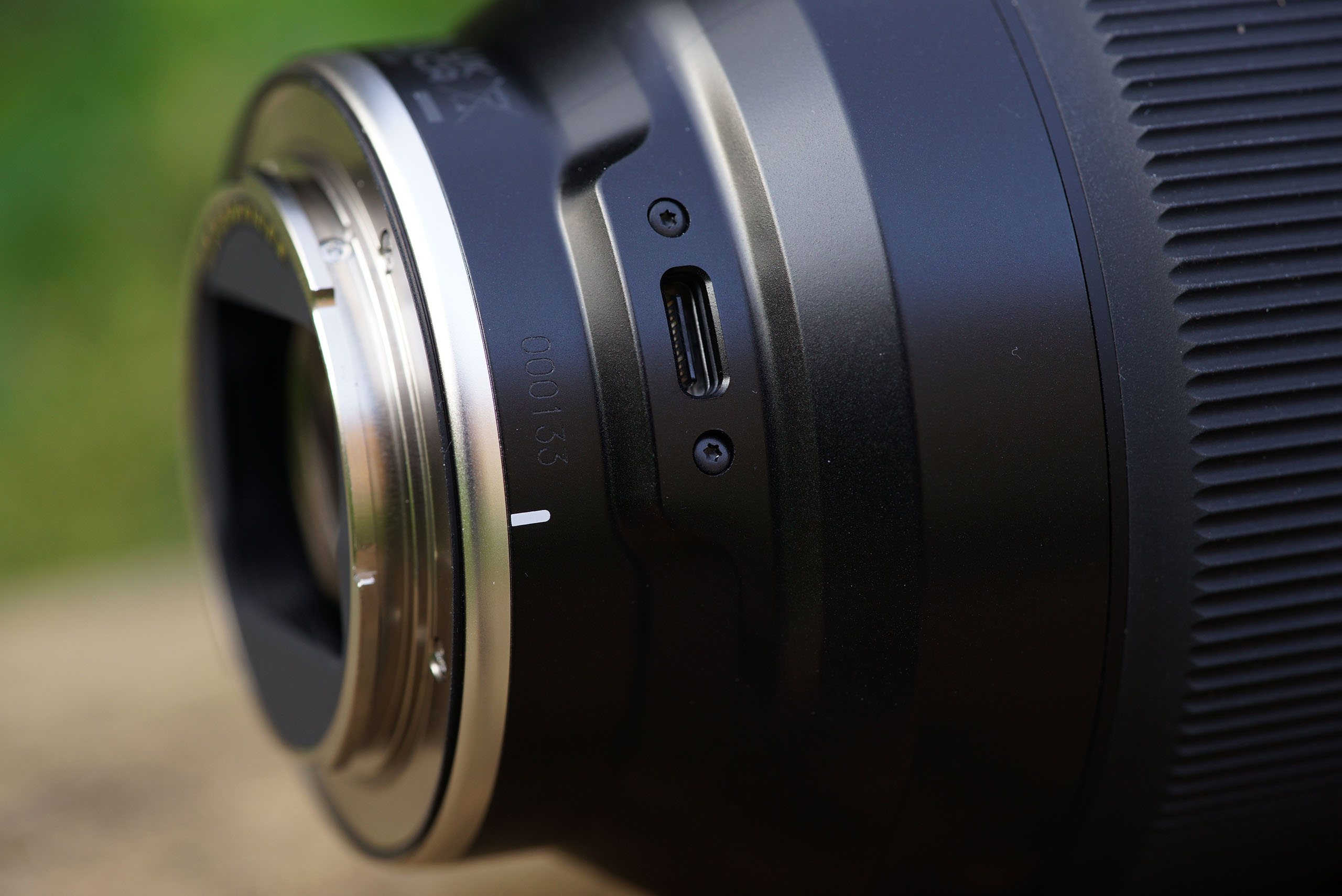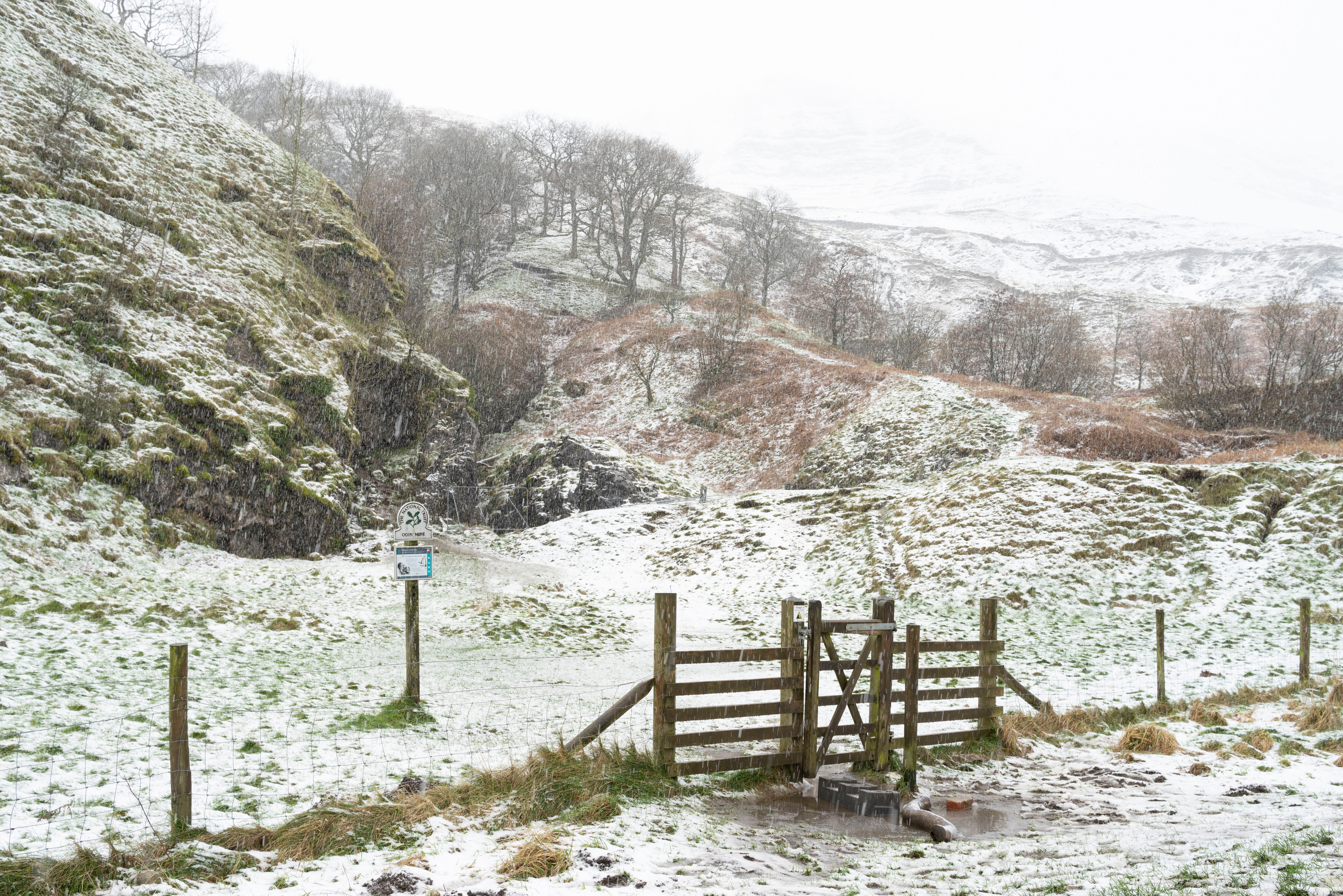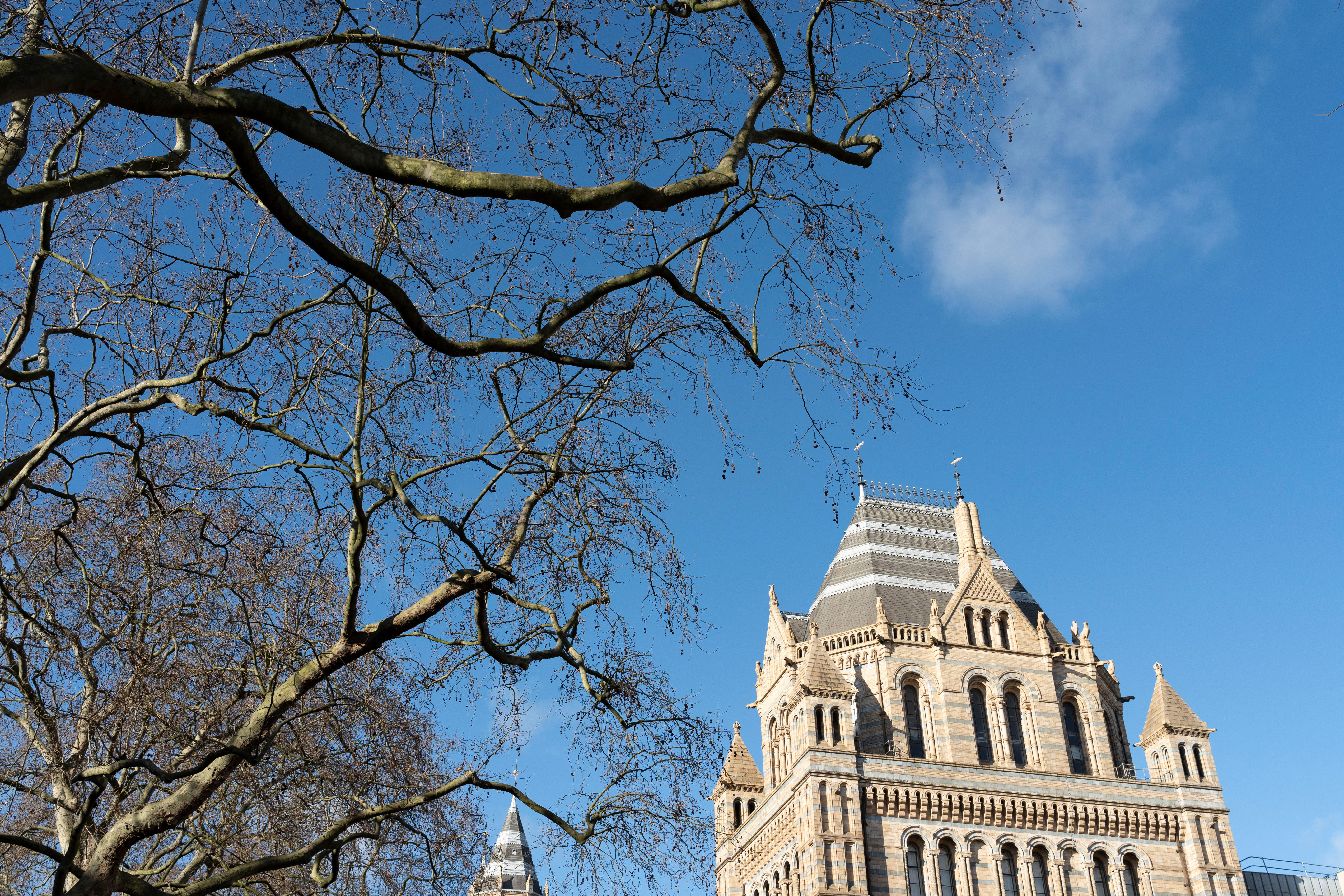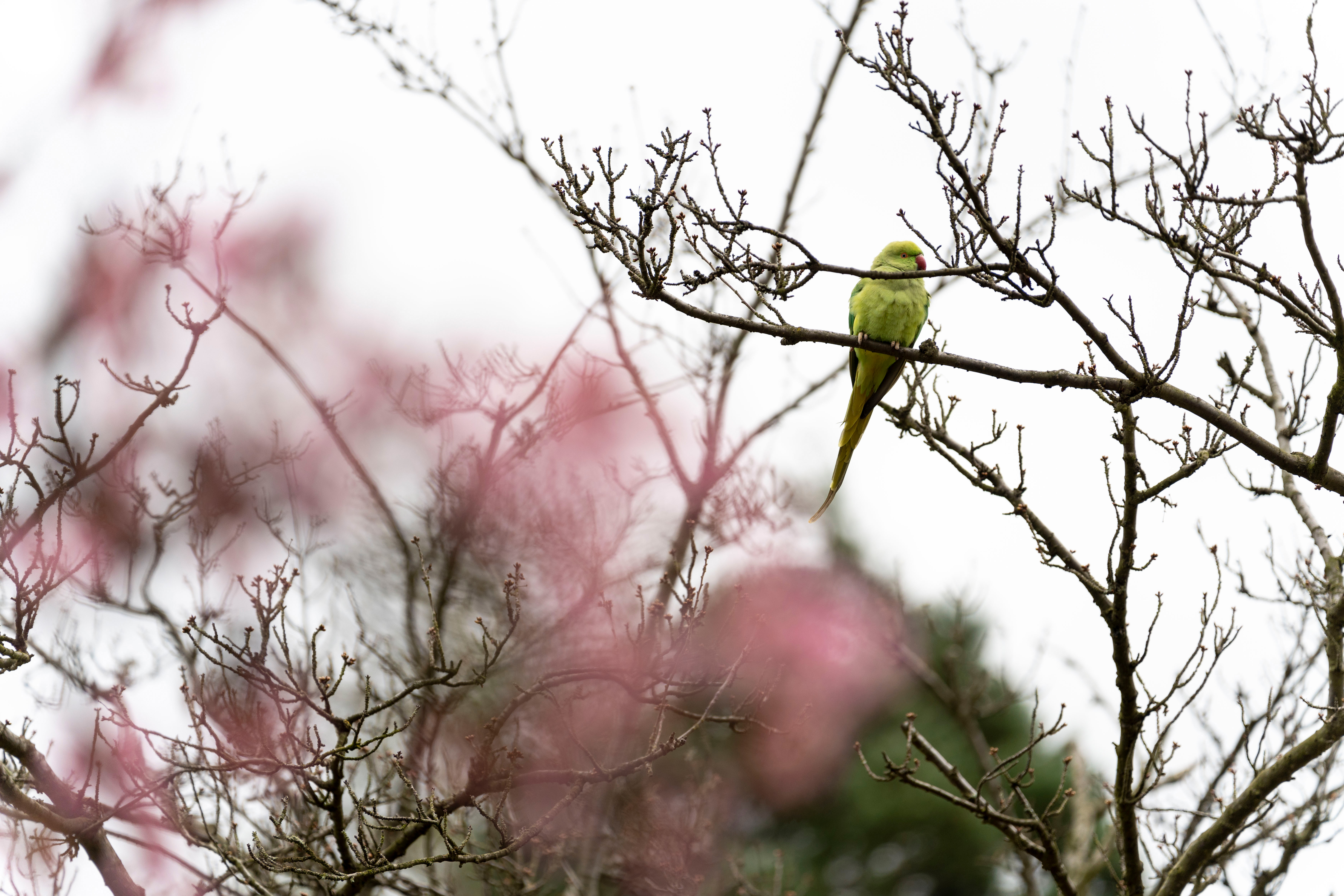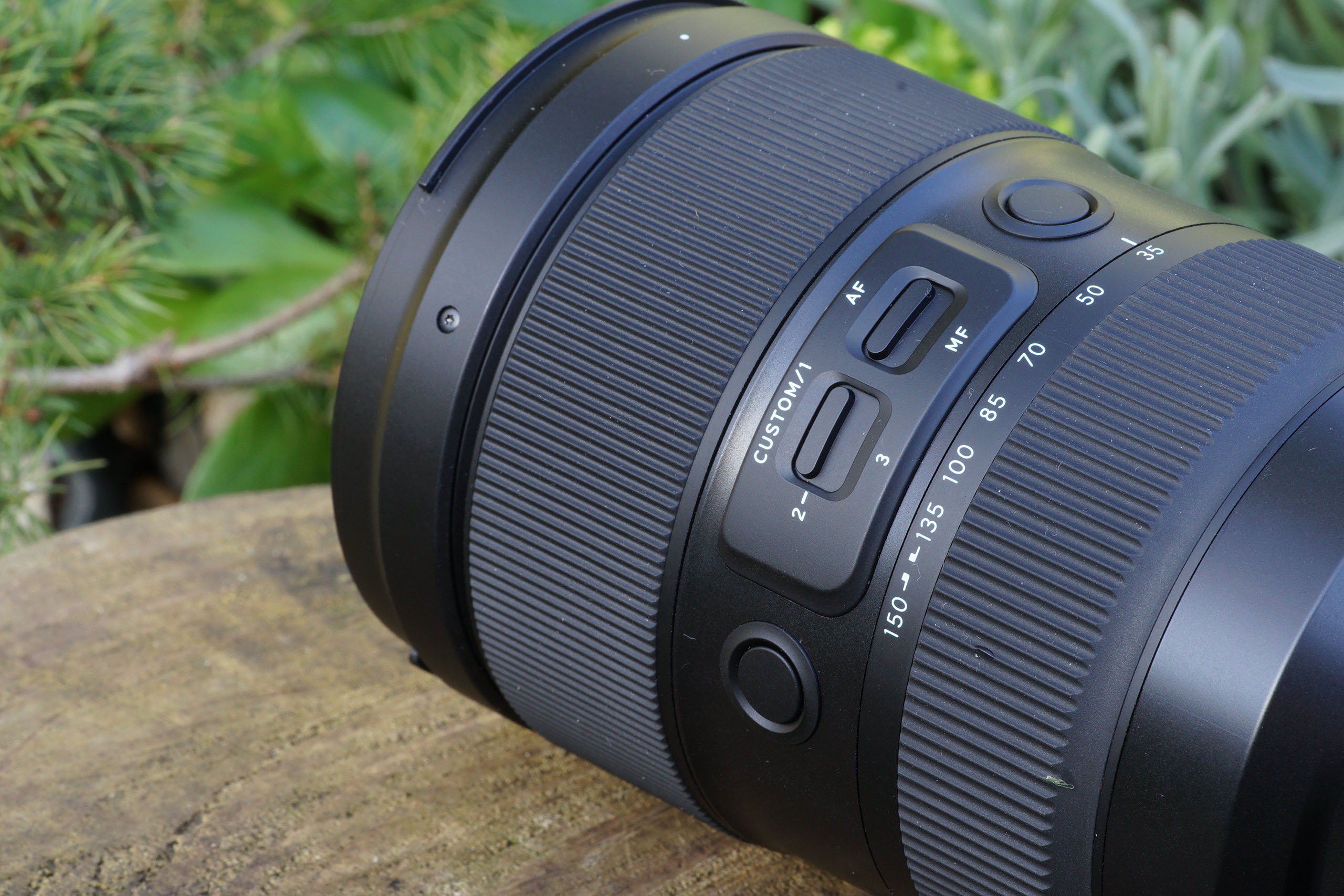Fish and chips, Kane and Son, 24-70mm and 70-200mm f/2.8 lenses – some things just work together. Now along comes Tamron with a unique zoom that, for many photographers, could replace that classic lens pairing. With the 35-150mm F/2-2.8 Di III VXD, the overall focal length gets shortened, but in comes the convenience of a single lens.
Tamron has made a 35-150mm lens before, but it’s for Nikon and Canon SLR cameras, and the aperture is a less ambitious f/2.8-4. This new lens is for full-frame Sony E mount full-frame mirrorless cameras. It’s the first zoom lens for these cameras that features an f/2 aperture, at a cost of £1,599.
On paper, it seems like an excellent lens for travel photographers. It may also appeal to wedding and event photographers and videographers, but what are the compromises?
Tamron 35-150mm F/2-2.8 Di III VXD Features
As mentioned, the Tamron 35-150mm F/2-2.8 Di III VXD has a Sony E mount and an imaging circle that can cover a full-frame sensor. It can, of course, also be used in APS-C mode or on Sony E mount cameras with an APS-C sized sensor, where the focal length becomes the equivalent of a 53-225mm equivalent.
The lens is amongst the most expensive in Tamron’s range. As seen from other third-party manufacturers in the last decade, it represents the company’s move away from simply being a cheaper alternative to proprietary lenses, to something more premium and with unique qualities.
That unique feature is the headline-grabbing f/2 maximum aperture. You can utilise this aperture between around 35mm and 40mm, at which point it switches to f/2.2. It hits f/2.5 at approximately 60mm and hits f/2.8 at about 80mm.
One interesting feature of the optical design is its minimum focus distance of 33cm at widest focal length and 85cm at the telephoto end. This produces an almost identical magnification of 1:5.7 and 1:5.9, meaning subjects will be virtually the same size, though the field of view will change. The magnification isn’t exceptionally high for close-up images at either end, though it may be more helpful with high-resolution sensors where there is room to crop.
Another optical property is that there is very little focus-breathing. Whilst this means nothing to photographers, it allows videographers to refocus, in the middle of recording a scene, without the frame changing.
Tamron 35-150mm F/2-2.8 Di III VXD Build and Handling
Physically, the lens offers a slightly new design that Tamron says will be rolling out in future optics. This includes new zoom and focus rings with a larger corrugated grip, and the barrel now has a slightly glossy finish, improving scratch and dirt resistance. The lens feels well-made and just as good as anything you would see from a proprietary manufacturer at this price point.
It is big, relatively speaking, as you would expect for a zoom lens with an f/2 aperture. We are more used to having apertures of f/3.5-5.6 on mid-range zoom lenses of this type, but this lens is targeted at a more professional audience than the aforementioned mid-range zooms. At 1165g, it is 120g heavier than Sony’s FE 70-200mm F2.8 GM OSS II lens, and it also uses a larger 82mm filter, as opposed to a 77mm filter on the Sony 70-200mm. At its minimum focal length, the lens measures 158mm with a diameter of 89.2mm, giving it a slightly squat appearance and making it easier to pack in a camera bag than most 70-200mm lenses.
It should be noted that the lens has no optical stabilisation, which would have undoubtedly increased its size. I found it a little difficult to keep steady when using it with an original, unstabilised Sony Alpha 7R. I had no such problems when using the latest Sony A7 IV or an A7R IV, where the in-body stabilisation worked perfectly to keep everything sharp when using the 150mm end of the zoom. It’s also worth noting that there is no option to add a tripod shoe, so the lens will require careful balancing when used on a tripod.
The zoom ring on my pre-production copy of the lens was quite firm, which is good for preventing lens creep but not so helpful when wanting to zoom quickly. The focusing ring is a fly-by-wire electronic version, which turns smoothly and has a good level of sensitivity. However, there is a lot that you can do with the manual focus ring, which I’ll come on to later.
Surrounding the lens’s barrel are three Custom buttons that, by default, can be assigned to any of the usual camera’s features, such as to activate autofocus or to switch to APS-C crop mode.
The Tamron lens has a trick up its sleeve thanks to a built-in USB-C port. This enables the lens to be connected to a computer, allowing users to update the firmware themselves and add some valuable tricks,via Tamron’s Lens Utility software.
On the barrel of the lens is a Custom switch with three positions. Each can be assigned a function in the Tamron software, such as Focus Preset or A-B Focus; you can even change the speed that the focus changes during AF. All these features will allow videographers to get creative with automated focus pulls.
You can also change the behaviour of the focus ring. It is non-linear by default, but you can switch it to linear in the software. You can also adjust the angle it needs to turn from minimum to maximum focus, with 90, 180, 270 and 360 degrees available.
I had a play with each of these features and found they were easy to set up and use. It is excellent that Tamron has included these features without needing to purchase an accessory dock, and you wonder what other features could be added in the future.
Autofocus
I tested the Tamron 35-150mm f/2-2.8 lens on an A7R, A7R IV, and an A7 IV and the lens behaved as I would expect it to on each camera. It is quiet, with no audible AF noise unless you place your ear on the lens barrel. Focusing was smooth and snappy, though perhaps not as quick as native lenses when using the latest A7 IV.
Eye AF worked well, tracking the eye of a subject as they were moving around. This will prove good news for portrait and event photographers, as well as, once again, videographers.
Tamron 35-150mm F/2-2.8 Di III VXD Image Quality
If you buy this lens, you will want to use it at f/2. The good news is that there is almost as much contrast and sharpness at this aperture as there is at its best. Likewise at the 150mm end, and shooting at f/2.8.
At 35mm, it reaches its sharpest around f/5.6, with a drop off in sharpness due to diffraction at apertures past f/11. At f/16, the quality is still very acceptable. It’s the same story at 150mm, with the sharpest point being somewhere between f/5.6 and f/8, with f/22 best avoided unless you are prioritising depth of field over sharpness and contrast.
As you would expect from a 4x zoom lens, there is a drop off in the sharpness at the corners of the frame, though it is within what I would judge to be perfectly acceptable. There is still enough detail, and the focal range and physical properties of the lens mean it will most likely be used for tasks where critical corner performance isn’t paramount.
There is little to report on the vignetting front. As you would expect, it is present when shooting at the maximum aperture at either end of the zoom and is more noticeable at the wide end. However, with vignetting control turned on its camera, it is smooth and hardly noticeable unless you shoot solid, evenly lit backgrounds. With this lens most likely a good choice for portraits, the vignetting will add a nice touch to images, drawing attention to the subject.
I noticed some magenta and green fringing when shooting silver birch trees in the snow with chromatic aberration control switched off. But this is easily corrected in Adobe Camera Raw or Lightroom. With chromatic aberration control turned on in-camera, I struggled to find any significant fringing or chromatic aberration.
For a lens with this zoom range, curvilinear distortion is very well controlled. With in-camera correction turned off, the slightest adjustments are needed at 35mm to correct an almost unnoticeable pincushion effect. The in-camera correction removes this. At the midway point at around 85mm, the pincushion effect is more pronounced, though it is consistent, without any wave, so a basic geometric in Lightroom or Camera is all that is needed to correct it. This story repeats at 150mm, where again there is more noticeable pincushion distortion, but again, it is fixed using the in-camera correction option, though you may want to give raw images a slight nudge in Camera Raw if you demand absolute perfection.
Shooting at f/2 or f/2.8, the background bokeh is smooth and helps separate the subjects from the background. Those looking for it may notice a slight ‘onion skin’ type effect when you look closely at specular highlights, but once again, I consider the overall look of the bokeh very good for a 4x zoom lens.
Tamron 35-150mm F/2-2.8 Di III VXD Verdict
Perhaps the biggest takeaway from my time with the Tamron 35-150mm f/2-2.8 lens is its consistency. The optical performance varies very little across the zoom range. Contrast and sharpness are good when shooting at the maximum apertures and just get crisper as you get closer to the middle of the aperture range.
The obvious question, though, is ‘who is this lens for?’. It covers a perfect range for portrait and lifestyle photographers, but some subjects might well find it intimidating. It’s also a lovely focal range for travel photography, but the size and weight become prohibitive. It could prove extremely useful for weddings and events, especially when paired with a second camera with a 16-35mm f/2.8 lens for those wider shots. But this offers little if any advantage over the classic 24-70mm – 70-200mm pairing.
And so to its use for video, where it stands out thanks to having a handy focal range, a large aperture to cope with ambient lighting, minimal focus breathing and all the benefits that the Tamron Lens Utility Software can add. It could prove to be a great ‘go-to’ lens for videographers.
In conclusion, the Tamron 35-150mm f/2-2.8 lens is an optically great lens with some excellent features. However, whether it suits your photography or replaces a 24-70 and/or a 70-200mm lens will depend on whether you can see a specific need for this focal range.

Nb. We’d like to thank Hire A Camera for the loan of the Sony A7 IV that we used for this review. Visit www.hireacamera.com to hire a massive selection of the latest cameras and lenses.




